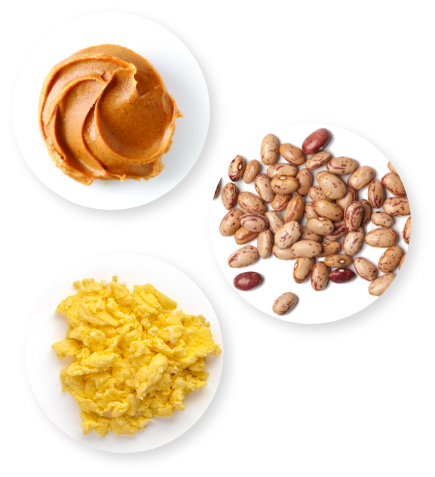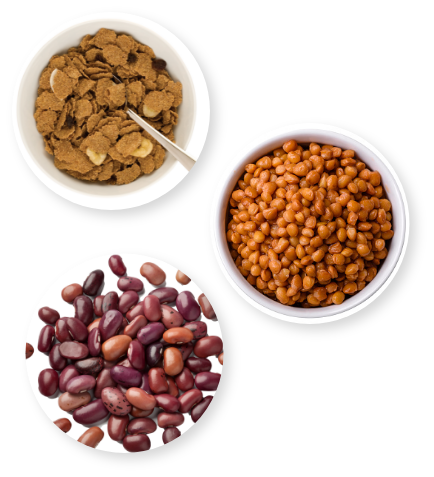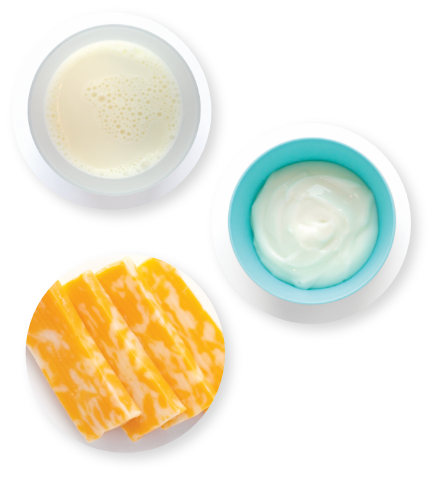Your Mind, Body, & Spirit
Caring for Yourself After Pregnancy & Infant Loss
- Home
- Eat·Grow·Live Healthy
- Women
- Pregnancy Loss

WIC offers our deepest sympathy to you and your family during this emotional time. Please know you are not alone. Support and resources are available to help you heal and take care of your mind, body, and spirit as you recover from pregnancy loss.

Grief can feel overwhelming at times. If you feel this way, you are not alone. Working through grief is a process and your feelings will change over time. If these feelings become too much, talk to your healthcare provider.

Talking with other people who have lost a baby may help you through this time. Consider attending a support group to help you in the healing process.

When you are grieving, you may not feel hungry or have much of an appetite. Try the following tips to get the good nutrition your body needs to heal and to help you feel better.


Iron in beans, lentils, and cereal helps keep your blood healthy and can improve energy levels.

Vitamins and minerals from fruits and vegetables aid
swift healing.

Calcium in milk, cheese, and yogurt help keep your bones and teeth healthy and strong.
While it may be a difficult reminder of your loss, it’s important to know your body may still make milk. You can choose to pump and donate your human milk to other babies in need, or you can take steps to suppress your milk. A lactation consultant or your healthcare provider can help.
WIC provides breast pumps to qualified bereaved mothers. Contact your local WIC Clinic for assistance.
The Oklahoma Mothers’ Milk Bank (OMMB) accepts human milk donations to help vulnerable babies receive the nutrition they need.
To learn more or find a drop off location, click here:
The National Share office hosts weekly online group chats that are free of charge.
Learn more and connect by clicking here:
Health Plex Hospital
3300 Healthplex Parkway
Norman, OK 73072
Call 405-515-3520 and leave voicemail regarding PRIDE services.
Pregnancy Loss, Infant Loss, and Infertility
Call 405-841-4800 or email info@calmwaters.org.
Online support for parents, grandparents, and siblings grieving the death of a child.
Oklahoma State Department of Health
Maternal and Child Health Service
123 Robert S. Kerr Ave, Ste. 1702
Oklahoma City, OK 73102-6406
1-405-426-8113 or MCH@health.ok.gov
HAND EXPRESSION
How it works
Use your hand to gently massage and compress your breast to remove milk.
What’s Involved
Average Cost
Free
Side-Lying Hold
This hold is useful when:
Cross-Cradle Hold
This hold is useful when:
Clutch or “Football” Hold
This hold is useful when:
Cradle Hold
This hold is useful when:
Laid-Back Hold
This hold is useful when: